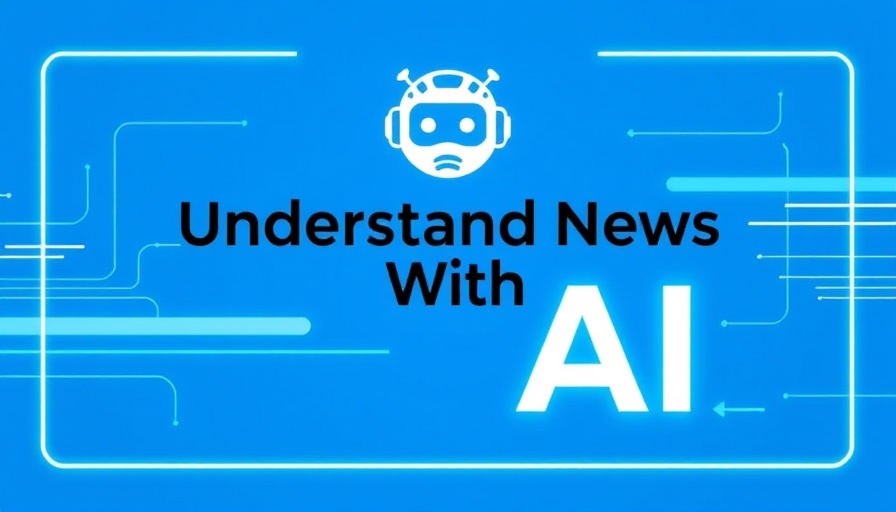
Rethinking Data: The Hidden Perils of Focusing on Averages
In a world increasingly driven by data, making informed decisions can feel overwhelming. Sharon Zicherman's enlightening talk insists that focusing solely on averages not only simplifies complex scenarios but can lead us dangerously astray. By shedding light on the risks associated with average data, Zicherman highlights a critical need for a deeper understanding of the information we often take for granted.
Understanding the Dangers Behind Averages
Averages can be misleading. They provide a snapshot that smooths out the fluctuations within data, masking important nuances that can be vital in decision-making. Consider a classroom where one student scores exceptionally high while the rest fail miserably; according to the average, the class appears to be performing adequately. Such oversights can lead to misinformed decisions not only in educational contexts but in many aspects of life and business.
Other examples abound in everyday decision-making. In economic scenarios, such as the rising influence of AI in employment, averages might signal a minor impact when in reality, certain sectors face significant job losses. This phenomenon is particularly relevant to communities witnessing Ontario job cuts amidst AI layoffs.
A Deeper Dive: The Importance of Diverse Data Analysis
To mitigate the risks associated with average-centric analyses, Zicherman emphasizes the necessity of exploring the entire data distribution. Beyond focusing on means, understanding medians, modes, and standard deviations can significantly enhance interpretation. For instance, average sales figures might appear satisfactory, but without examining store-level performance, the reality of struggling locations could go unnoticed, which might lead to misplaced marketing efforts.
A similar perspective is shared by Cassie Kozyrkov, Google’s Chief Decision Scientist, who suggests analyzing cognitive biases and memory gaps in our understanding of data. Essential insights can be overlooked when we depend too heavily on what seems to be reliable, like averages. Exploring these aspects can reveal critical risks and enable individuals and businesses to make decisions that honor the real narratives behind the figures.
Embracing Nuance for Better Decision-Making
Implementing a diversified approach to data analysis could spark economic development in local communities facing challenges. This entails going beyond surface-level data and looking at grassroots sales trends and community growth metrics. A successful strategy affirms that data-informed decisions are based on the multifaceted stories behind the numbers.
The danger of averages is evident across various fields, particularly in business where quick decisions are often made based on average indicators. As Reagan Pannell highlights, averages can lead organizations to overlook higher variability and skewed distributions that reveal underlying issues, such as customer dissatisfaction or resource misallocation. Training teams to comprehend the complete picture, rather than relying on abbreviated averages, fosters improved strategies for long-term success.
The Role of Technology in Enhancing Data Interpretation
Advancements in technology provide tools to further dissect data complexities. By employing data analytics platforms, individuals can visualize distributions rather than dwelling solely on averages. Using AI tools means decision-makers can better understand what this data reveals and what it conceals. This not only leads to more informed choices but allows organizations to preemptively address potential issues before they escalate into larger problems.
Lessons for the Future
In today’s rapidly evolving world, understanding the limitations of the average is paramount. Communities must leverage comprehensive data analysis and be vigilant about the stories hidden within data points. This comprehensive view provides individuals and organizations with enhanced capabilities to navigate potential pitfalls, particularly in times of economic uncertainty, such as the increasing prevalence of AI job displacement.
As we engage with data, let us commit to recognizing its multi-dimensional nature, embracing the complexities it presents, and ensuring we are prepared for the future.
To foster community engagement and drive positive economic developments, prioritize understanding your data fully before making decisions that could dramatically affect your organization or community. The next time you encounter an average, dig deeper: what might you be missing?
 Add Row
Add Row  Add
Add 




Write A Comment